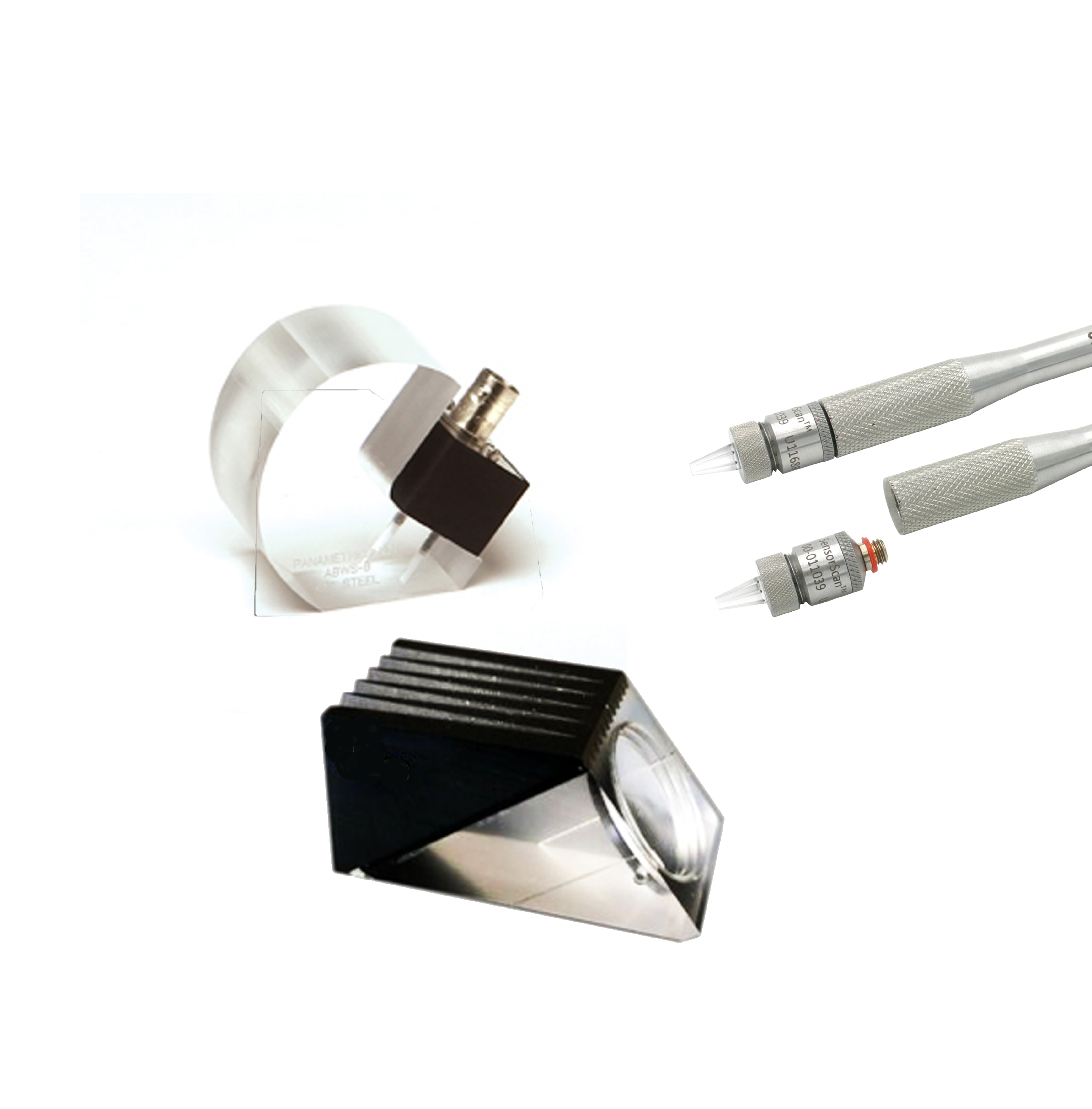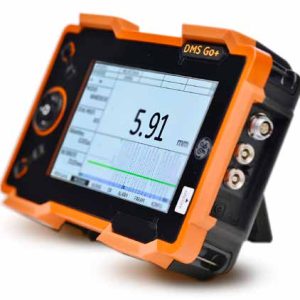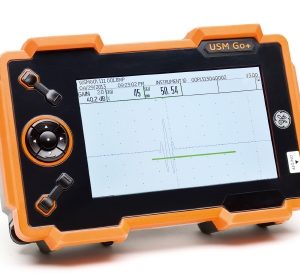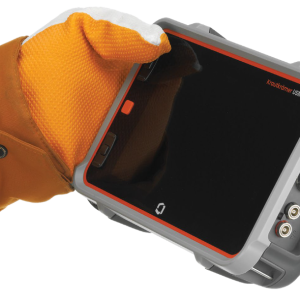Description
By introducing a wedge between the transducer and the test surface, the ultrasonic waves can be directed into the material at a desired angle, enabling better detection and characterization of flaws. The angle of the wedge is carefully selected based on the material properties and the inspection requirements.
Delay, on the other hand, refers to the time interval between the initial pulse generation and the reception of the reflected signal. Delay is essential to ensure that the reflected signal arrives at the transducer at the correct time for accurate interpretation. It compensates for the distance traveled by the ultrasonic waves and the required inspection depth.
By adjusting the delay settings, inspectors can position the echo or flaw indication at the desired location on the screen or A-scan display. This allows for accurate depth measurements and precise evaluation of the inspected material.
Both wedges and delay are critical for optimizing the performance of ultrasonic testing. They help enhance the signal-to-noise ratio, improve resolution, and enable better flaw detection. Proper selection and configuration of wedges and delay settings are crucial to achieving accurate and reliable inspection results.
In summary, wedges and delay play integral roles in ultrasonic testing by ensuring optimal wave transmission angles and precise timing of the reflected signals. They contribute to the effectiveness and efficiency of flaw detection and characterization in various industries, including manufacturing, aerospace, and non-destructive testing.





